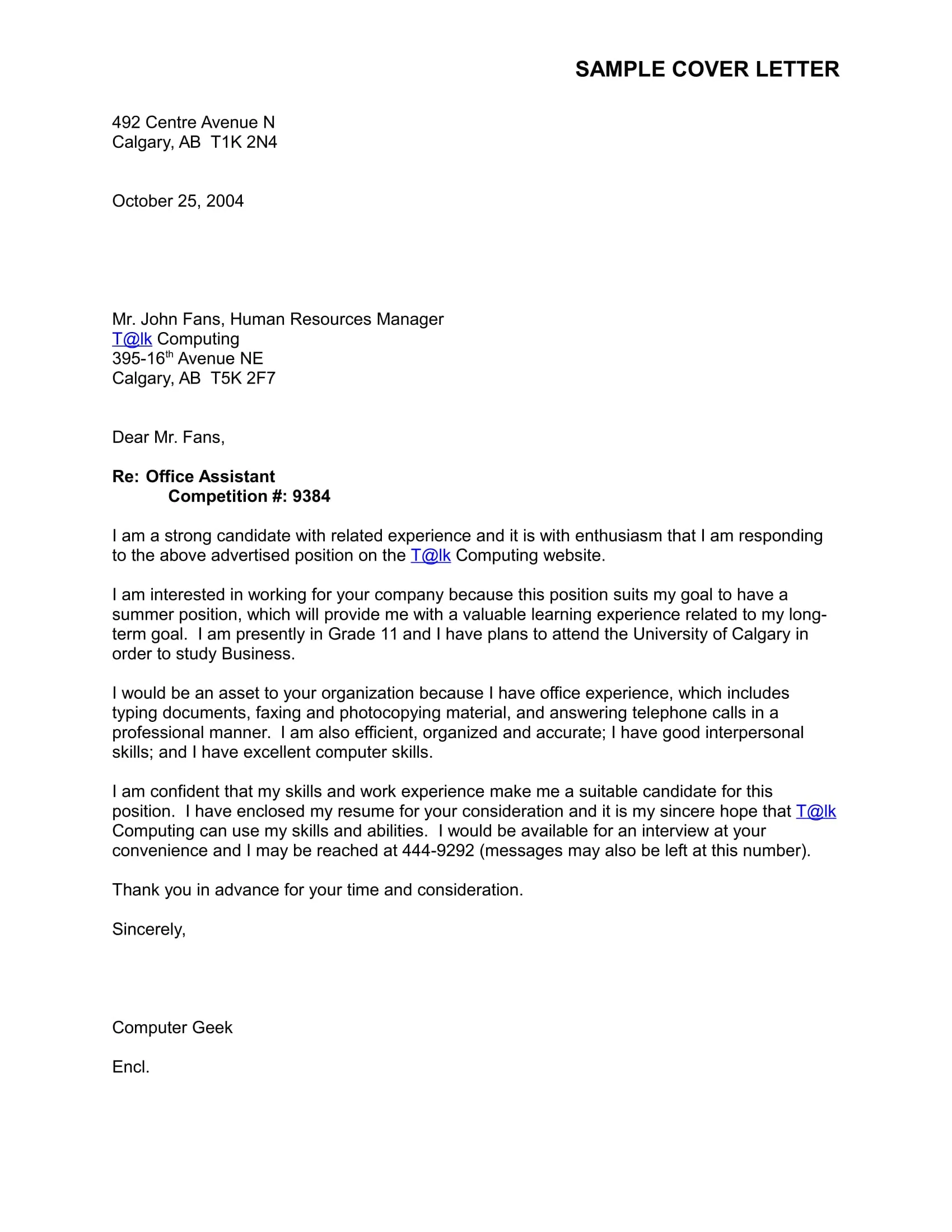What is a Cover Letter
A cover letter is a crucial document that accompanies your resume when applying for a job. It serves as a personalized introduction, allowing you to elaborate on your qualifications, skills, and experience in a way that a resume alone cannot. Think of it as your chance to make a strong first impression and persuade the hiring manager that you’re the perfect fit for the role. A well-crafted cover letter can significantly increase your chances of landing an interview, making it a vital tool in your job search arsenal. It demonstrates your communication skills, your interest in the specific position, and your understanding of the company and its needs. By tailoring your cover letter to each job application, you show employers that you are genuinely interested in the opportunity and have taken the time to understand what they are looking for.
The Purpose of a Cover Letter
The primary purpose of a cover letter is to introduce you to a potential employer and to highlight the most relevant aspects of your skills, experience, and personality. It is an opportunity to connect the dots between your qualifications and the job requirements, explaining why you are the ideal candidate. A cover letter allows you to provide context and narrative to your resume, which is often a concise list of accomplishments. It allows you to express your enthusiasm for the role and the company, showcasing your research and genuine interest. A well-written cover letter can help you stand out from the crowd, especially in a competitive job market. In essence, it’s your chance to make a compelling case for why you should be hired.
Why Cover Letters Matter
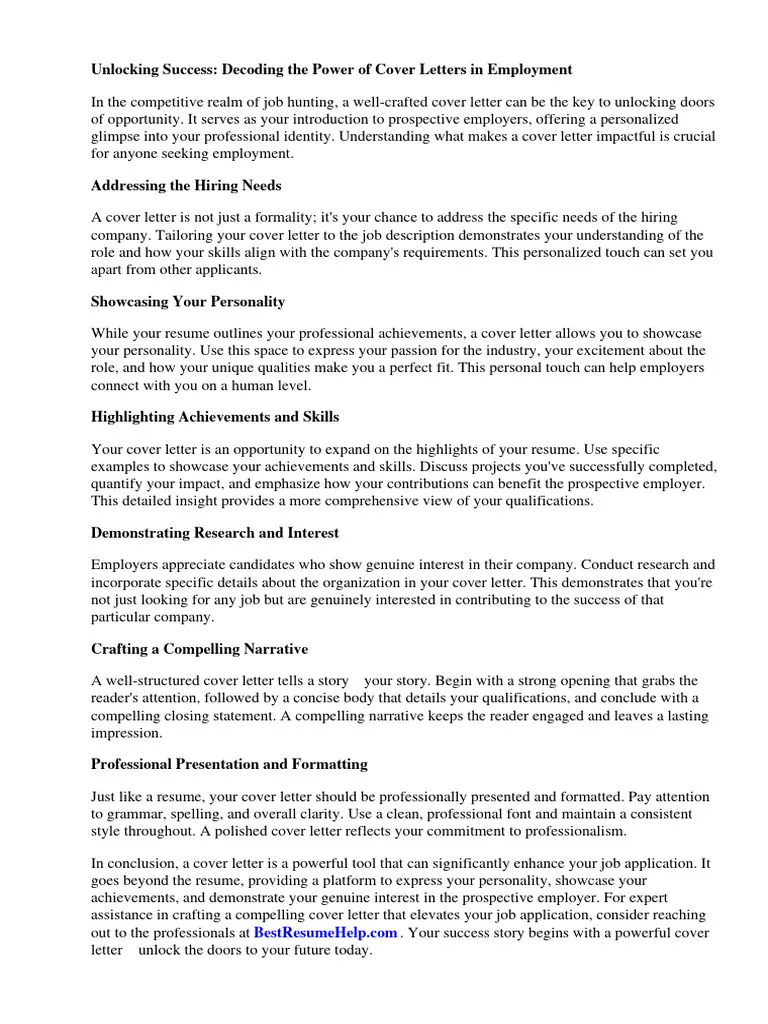
In today’s job market, cover letters remain a valuable asset. While some employers may not require them, submitting a cover letter, even when not explicitly requested, can demonstrate your initiative and professionalism. Cover letters give you the ability to demonstrate your written communication skills, a key attribute in many roles. They provide context, allowing you to address any potential gaps in your resume or to explain career transitions. Furthermore, a cover letter allows you to align your skills and experience with the specific requirements of the job, showing the employer that you’ve taken the time to understand the role. By crafting a cover letter, you showcase your dedication and attention to detail, which can set you apart from applicants who submit only a resume.
Key Components of a Cover Letter
Header and Contact Information
Your cover letter should begin with a professional header. Include your full name, address, phone number, and email address. This information should be placed at the top of the document, allowing the hiring manager to easily contact you. Additionally, include the date and the hiring manager’s name and title (if known) along with the company’s name and address. This demonstrates attention to detail and shows that you have personalized the letter to the specific company and role. Ensuring the information is accurate is critical, as any errors can undermine your credibility. Using a clear and professional font for your header ensures readability and a polished presentation.
Professional Greeting
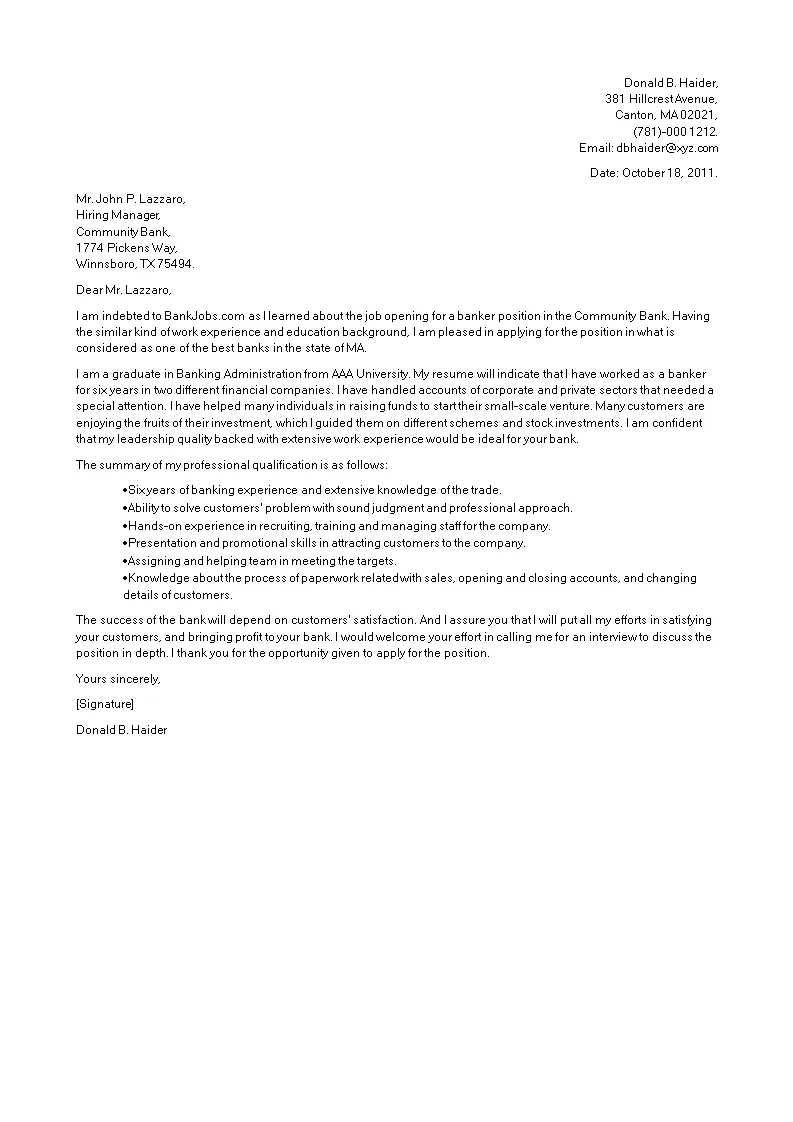
The greeting sets the tone for your entire cover letter. Always address the hiring manager by name if possible; this shows that you’ve done your research and are making a personal connection. If you cannot find the hiring manager’s name, use a professional greeting such as “Dear Hiring Manager” or “Dear [Department Name] Team.” Avoid generic greetings like “To Whom It May Concern,” which can make your application feel impersonal. A strong greeting demonstrates respect and attention to detail. This small step makes a big difference in setting a positive first impression. It establishes a professional tone from the outset, engaging the reader from the very beginning.
Opening Paragraph Grab Their Attention
Your opening paragraph is your first opportunity to grab the reader’s attention. Start with a strong statement that clearly states your interest in the specific position and the company. Briefly mention how you learned about the opportunity, whether it was through a job board, a referral, or a company website. Highlight a key skill or experience that aligns with the job requirements to immediately demonstrate your value. Make your opening concise, impactful, and engaging, and avoid generic phrases that could be used for any job. Show enthusiasm and a genuine interest in the opportunity. The goal is to entice the reader to continue reading and learn more about your qualifications.
Body Paragraphs Showcase Your Value
The body paragraphs are where you truly showcase your value and make your case for why you are the right candidate. Focus on highlighting your relevant skills, experience, and accomplishments. Use specific examples to illustrate how you have successfully handled similar tasks or challenges in previous roles. Tailor your content to match the job description, emphasizing the skills and experiences that the employer is seeking. The body paragraphs should not merely repeat the information in your resume but should provide context and elaborate on your qualifications. Show how your skills and experience align with the company’s needs and contribute to their success. Be concise, clear, and compelling.
Highlight Relevant Skills and Experience
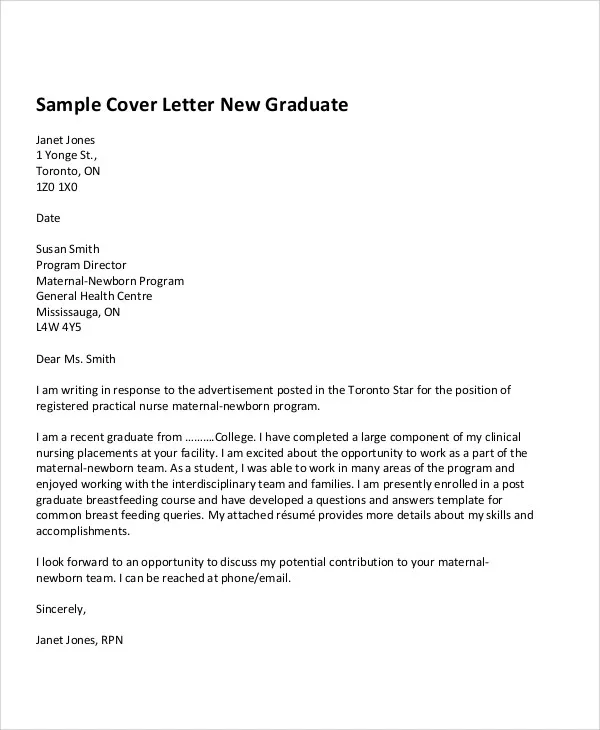
Select the most relevant skills and experiences to highlight in your cover letter. Identify the key requirements mentioned in the job description and then draw on your own experiences to match them. Describe specific situations where you have utilized those skills or gained experience. Be specific and provide details about your role, the tasks you performed, and the outcomes you achieved. Focus on accomplishments and results rather than simply listing your responsibilities. By showcasing your abilities through concrete examples, you demonstrate your value and credibility. Make sure you highlight your soft skills, such as communication, teamwork, and problem-solving, along with your technical skills.
Quantify Your Achievements
Quantifying your achievements is a powerful way to demonstrate your impact and value to potential employers. Whenever possible, use numbers and data to illustrate your accomplishments. For example, instead of saying “Improved sales,” say “Increased sales by 20% in one quarter.” Include specific metrics that show your results, such as the amount of money you saved a company, the number of projects you managed, or the number of customers you served. Quantifiable achievements provide concrete evidence of your capabilities and make your claims more credible. Highlighting the impact of your work also shows your understanding of business outcomes, showing that you understand the link between your activities and company success.
Tailor Your Letter to the Job
Customizing your cover letter for each job application is essential for making a strong impression. Tailor your letter to reflect the specific requirements and needs of the employer. Carefully review the job description and identify the key skills, experience, and qualifications that are being sought. Then, adjust the content of your cover letter to emphasize how your own background aligns with those requirements. Mention the company by name and demonstrate your knowledge of their mission, values, and recent accomplishments. This level of personalization demonstrates your enthusiasm, attention to detail, and understanding of the role. Tailoring demonstrates genuine interest, rather than sending a generic, mass-produced cover letter.
Closing Paragraph and Call to Action
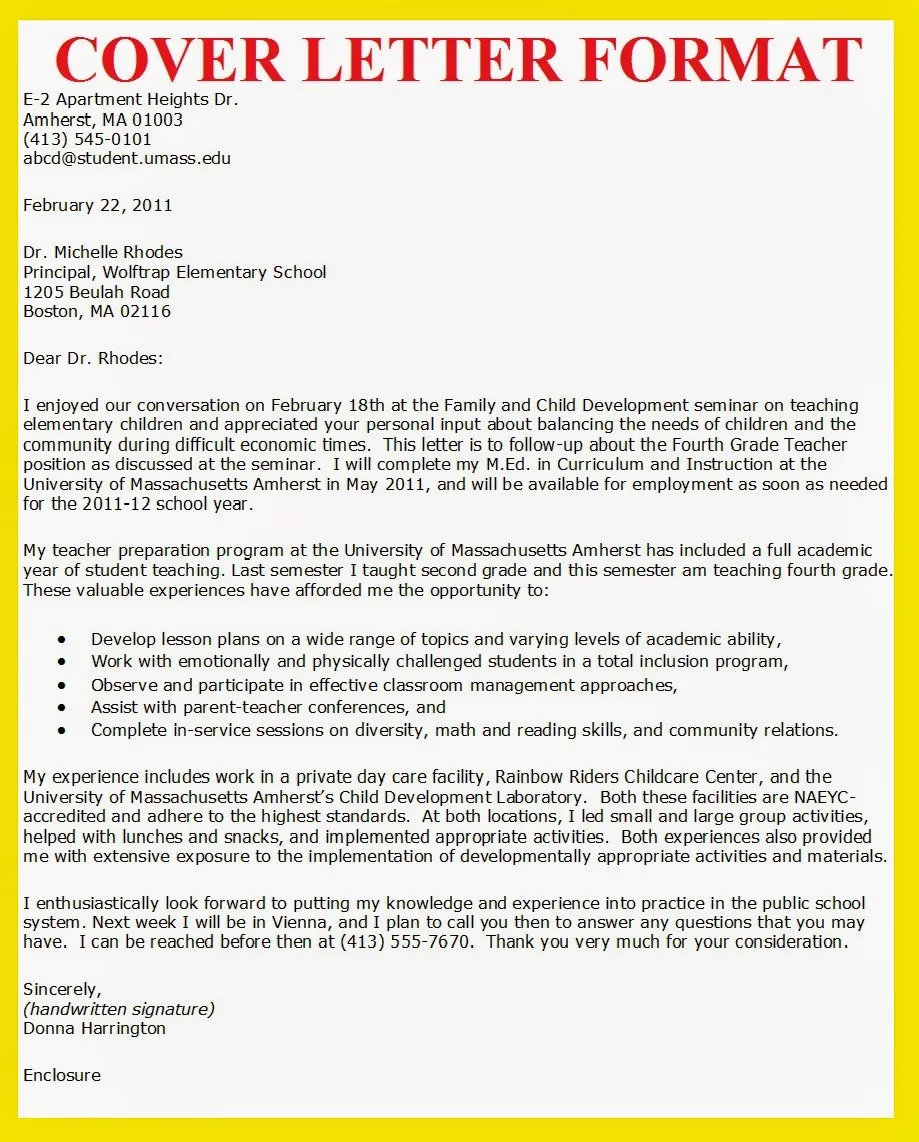
Your closing paragraph should reiterate your interest in the position and thank the hiring manager for their time and consideration. Express your enthusiasm and reiterate why you are a strong fit for the role. End with a clear call to action, such as requesting an interview or stating your willingness to provide further information. Avoid vague statements or simply ending the letter with “Sincerely.” Instead, use a strong closing sentence that reinforces your key qualifications and your enthusiasm for the opportunity. Ensure you leave a lasting impression by ending on a positive and confident note, inviting further contact and the opportunity to discuss your qualifications further.
Formatting and Design
Font and Readability
The formatting of your cover letter significantly affects its readability and overall impression. Choose a professional and easy-to-read font such as Arial, Times New Roman, or Calibri. Use a font size between 10 and 12 points to ensure that the text is legible. Maintain consistent formatting throughout the document, including consistent spacing, margins, and indentation. Avoid using complex or overly decorative fonts that can distract from the content. Good formatting makes your cover letter easy to read and allows the hiring manager to focus on your qualifications. A well-formatted letter shows that you pay attention to detail, a quality that is highly valued in the workplace.
Length and Structure
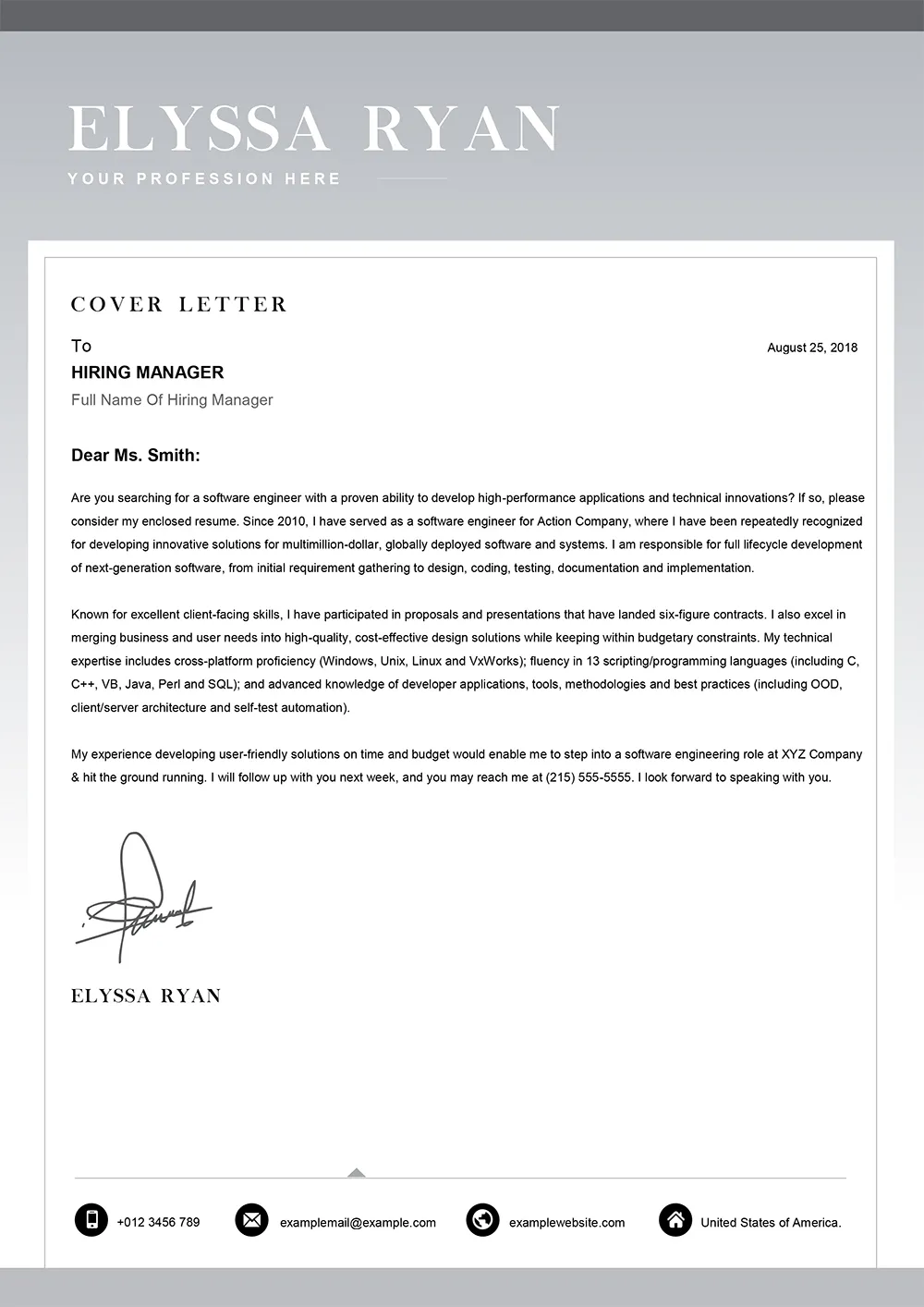
Keep your cover letter concise and to the point. Ideally, a cover letter should be no longer than one page. Structure your letter with clear sections, including an introduction, body paragraphs, and a conclusion. Use headings and bullet points to break up the text and make it easier to scan. Employ a logical flow from one paragraph to the next, ensuring a smooth transition between ideas. A well-structured letter demonstrates your ability to communicate effectively and organize your thoughts. Maintaining a concise length shows respect for the hiring manager’s time, making your letter more likely to be read in its entirety.
Proofreading and Editing
Proofreading and editing your cover letter is critical to ensure that it is free from errors. Carefully review your letter for any typos, grammatical mistakes, or punctuation errors. Read the letter aloud to catch any awkward phrasing or unclear sentences. Ask a friend, family member, or career counselor to review your letter as well; a fresh pair of eyes can often spot mistakes that you might have missed. Ensure that your contact information is correct and that all the details are accurate. A polished and error-free cover letter demonstrates professionalism, attention to detail, and a commitment to quality. This step is essential to avoid making a negative impression on potential employers. The proofreading step ensures that your qualifications are presented in the best possible light.
Cover Letter Examples and Templates
Where to Find Examples

Various resources offer cover letter examples and templates that can provide valuable guidance. Online job boards, career websites, and professional organizations often have sample cover letters for different industries and job titles. Search for cover letter examples related to your specific field or the type of role you are applying for. Look for examples that align with your experience and qualifications, and take note of their structure, language, and tone. Use these examples as inspiration, but remember to personalize your cover letter to reflect your unique skills and experience. A solid example acts as a starting point, helping you to craft a compelling and customized cover letter. This ensures the finished product is tailored to the specific job.
Using Templates Effectively
Cover letter templates can streamline the writing process, but it’s important to use them effectively. When using a template, customize it to fit your individual background, the job requirements, and the company’s values. Fill in the template with your own information and tailor the content to highlight your relevant skills and experiences. Do not simply copy and paste; make sure the language and tone of the cover letter are authentic and reflect your personality. Edit the template to match the specific job you are applying for. Templates provide a solid structure for your letter, so it is vital to make sure the information is tailored to each specific job.
Common Cover Letter Mistakes to Avoid
Generic Letters
One of the most common mistakes is submitting a generic cover letter that is not tailored to the specific job or company. Generic letters lack personalization and fail to show why you are a good fit for the role. Tailoring your cover letter demonstrates that you have taken the time to understand the job requirements and that you are genuinely interested in the position. Avoid using the same cover letter for every job application. Customize your content to show how your skills and experience align with the needs of the employer. This simple step makes your application more compelling and significantly increases your chances of getting an interview.
Typos and Grammatical Errors
Typos and grammatical errors can undermine your credibility and make you appear unprofessional. Errors in your cover letter can make the hiring manager assume you do not pay attention to detail. Proofread your letter carefully before submitting it, and have someone else review it as well. Make sure that all the information is accurate and that there are no errors in spelling, grammar, or punctuation. A polished and error-free cover letter is a sign of professionalism and attention to detail, showing the employer that you care about the quality of your work. Take your time to review your letter thoroughly. This greatly increases your chances of making a positive first impression.
Focusing on Yourself Too Much
While your cover letter should highlight your skills and experience, avoid focusing too much on yourself and neglecting to address the employer’s needs. The best cover letters emphasize how you can contribute to the company’s goals and solve its problems. Frame your qualifications in terms of how they can benefit the employer. Include specific examples of how you have added value in previous roles. Highlight your ability to solve problems, achieve results, and contribute to team success. Show the employer how your skills and experience align with their needs and demonstrate that you are a valuable asset. Your letter should illustrate how your capabilities can contribute to their success.
The Future of Cover Letters
The role of cover letters is evolving with the advancement of technology and changes in the job market. Although some companies are moving away from requiring cover letters, they remain a valuable tool for job seekers to set themselves apart. It’s important to tailor your approach based on the job posting’s instructions. Pay attention to the employer’s preferences regarding cover letters. Stay informed about the latest trends in job applications and career advice. By adapting to these changes and crafting well-written, personalized cover letters, you can significantly increase your chances of landing an interview. The future likely involves a balance between traditional practices and new technologies.
